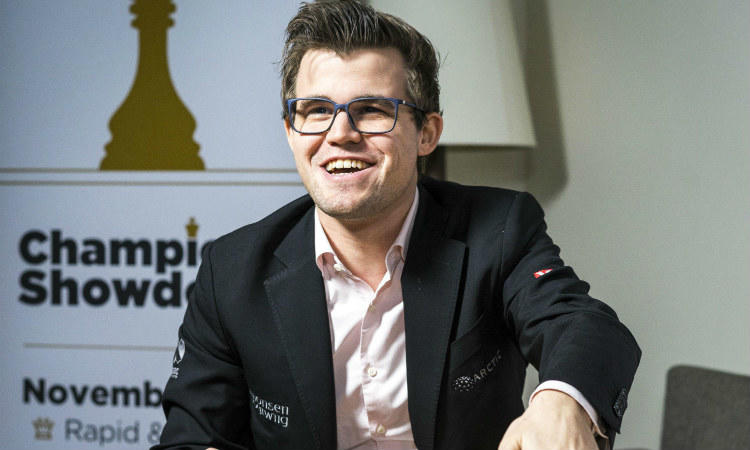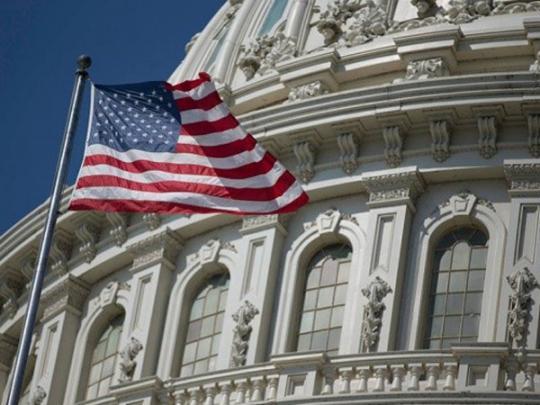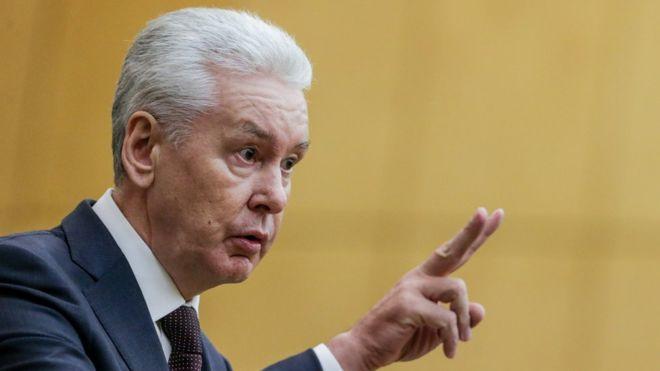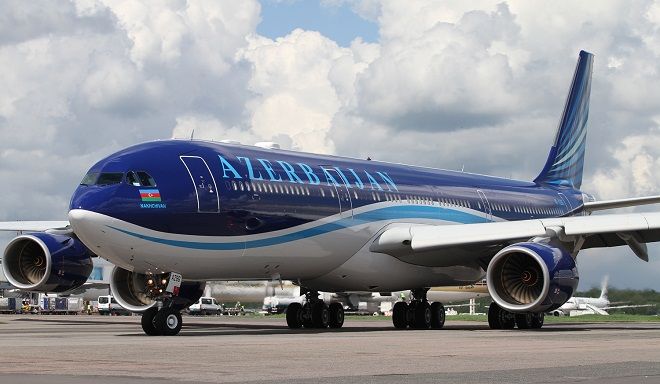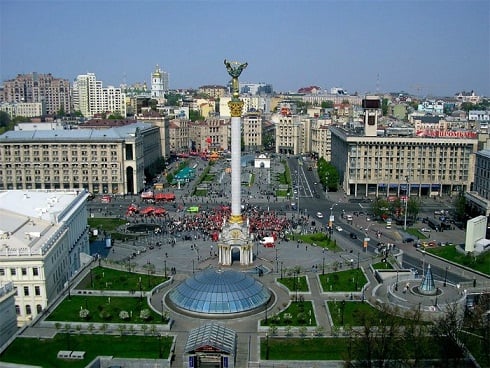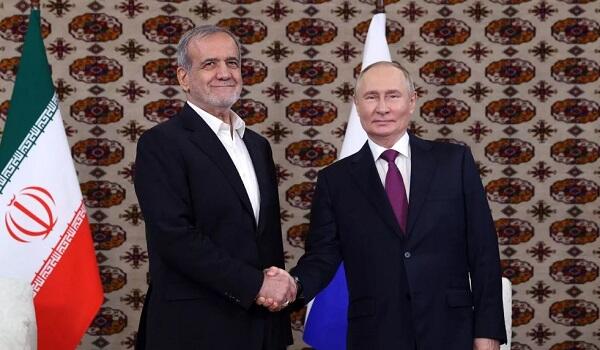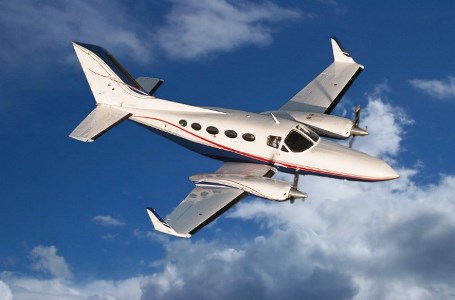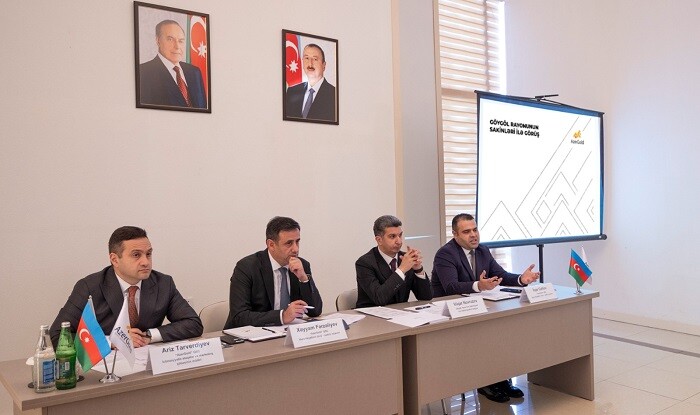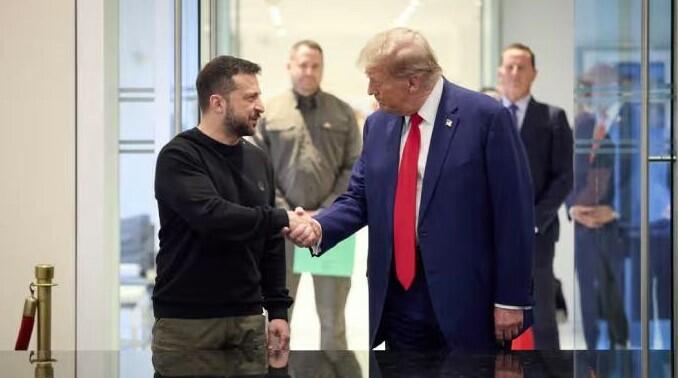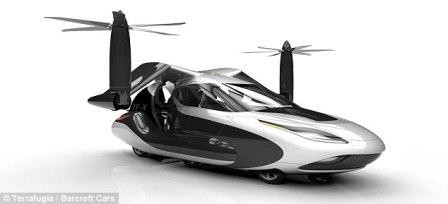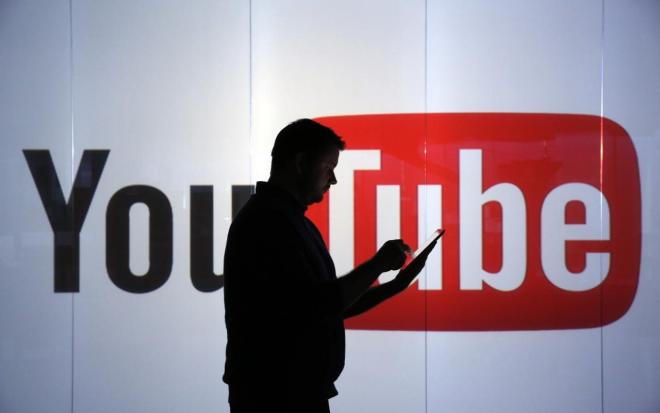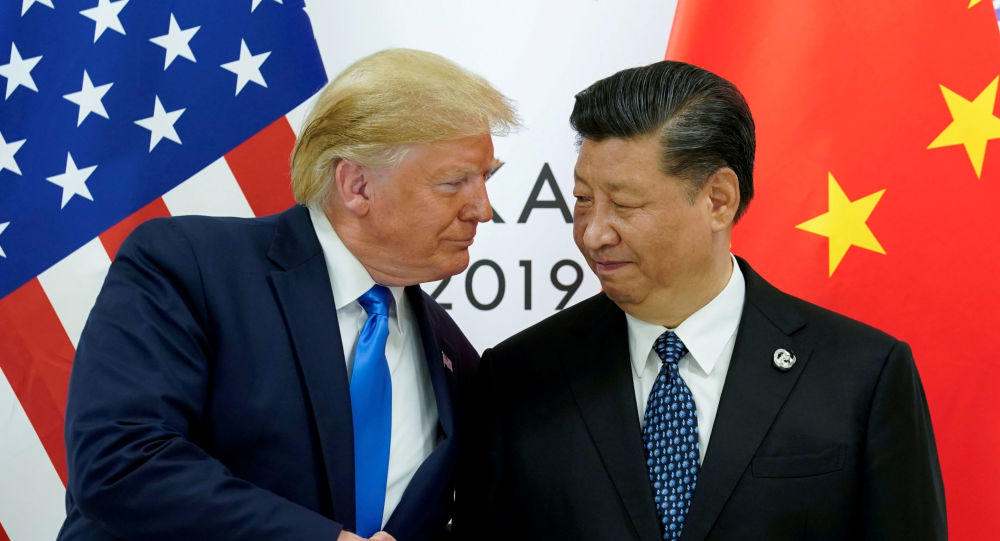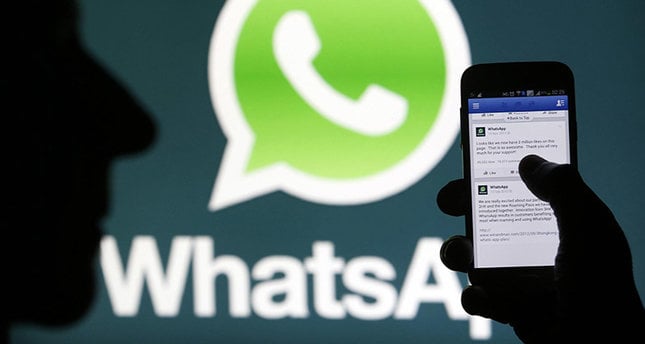Uber’s eyes are on a new prize: flying
cars.
Outlined in a white paper published this week, the company’s
chief product officer, Jeff Holden, describes a network of small,
electric aircraft that can take-off and land vertically (VTOL, or
vertical take-off and landing, aircraft) to enable speedy and
reliable commuting that it claims will ease congestion in
cities.
Uber doesn’t plan to build any of these "flying cars", but has
produced a plan called Elevate to set out what needs to be done for
the dozens of companies that are building them, including
Terrafugia, AeroMobil, Moller International and Pal-V.
It’s a little like how Elon Musk bequeathed to the world his
idea for the Hyperloop transport system, which two independent
companies are battling to implement.
"On-demand aviation has the potential to radically improve urban
mobility, giving people back time lost in their daily commutes,"
says the paper, which points out that an average San Francisco
resident spends 230 hours commuting between work and home each
year. "That’s half a million hours of productivity lost every
single day."
In cities such as Los Angeles and Sydney the problem is even
more acute, with residents spending seven weeks each year commuting
– two of which are in gridlock – while in Mumbai the average
commute takes 90 minutes.
"For all of us, that’s less time with family, less time at work
growing our economies, more money spent on fuel – and a marked
increase in our stress levels," says Uber’s report.
Uber argues that it will be cheaper to build infrastructure for
a network of flying cars than it would be to build roads, railways
and bridges, as mini airports – called vertiports – could be built
on top of buildings. Moreover, the aircraft wouldn’t have to follow
fixed routes, which should eliminate bottlenecks caused on the
ground by single accidents or roadworks.
It’s not entirely altruistic. Once enough of these vehicles
exist, Uber could then use its network to connect those vehicles
with paying passengers and use software to plan the optimal route
from A to B – for a fee.
Not everyone is convinced by Uber’s grand plan.
"The paper is good, it goes over all the details, but they have
underestimated the certification process and air traffic control,"
said Colin Snow, CEO of Skylogic Research, which specializes in
unmanned aerial systems.
He points out that aeronautical engineer Molton Taylor had the
same vision in the 1940s, proposing something called the Aerocar.
"This is the Silicon Valley version of that," he said.
"Aviation is highly regulated and gets more complex as time goes
on. The assumption that technology will somehow fix the problem is
hubris," he said, pointing out that it took 10 years of
negotiations with the Federal Aviation Authority to create
regulation for small drones.
Snow isn’t the only one to detect the hubris. Bhaskar
Chakravorti, an economics scholar from Tufts University, added: "We
see this hubris over and over again, like when Uber went to China –
and look what happened. It’s all about how big and mighty they are
and what their strategic intent is, but ultimately they are feeding
their egos."
Uber’s posturing could help build excitement and momentum for
the brand to encourage more people to use the company’s "vanilla
car-sharing".
"Look at Google. It goes into all kinds of experiments that
don’t make any money largely because there’s a brand halo that
keeps people attached to Google’s search engine and Gmail for the
ad revenue," said Chakravorti.
However, in the past few years there has been a renewed interest
in personal aviation from those who made their millions from social
networks and search engines. Google’s Larry Page, for example, has
invested in two flying car startups, Zee Aero and Kitty Hawk.
In some ways, the flying car is a metaphor for a future where
all our needs are taken care of by technology.
"We grew up watching the Jetsons so flying cars are part of a
vision of the future where our lives are made so much easier
through a combination of seamless transportation and automation,"
said Chakravorti.
That utopian vision has been combined with a very personal pain
point for entrepreneurs like Uber CEO Travis Kalanick: no matter
how successful you are, you still have to spend time sitting in
traffic.
The result? A lot of clever people and money are gravitating
towards solutions to that problem, whether through developing cars
that drive themselves or take to the air.
"It comes from trying to solve a personal problem and then
externalizing it," Chakravorti said. "This obsession with flying
cars takes the intellectual and financial capital away from the
real problems that need to be solved."


